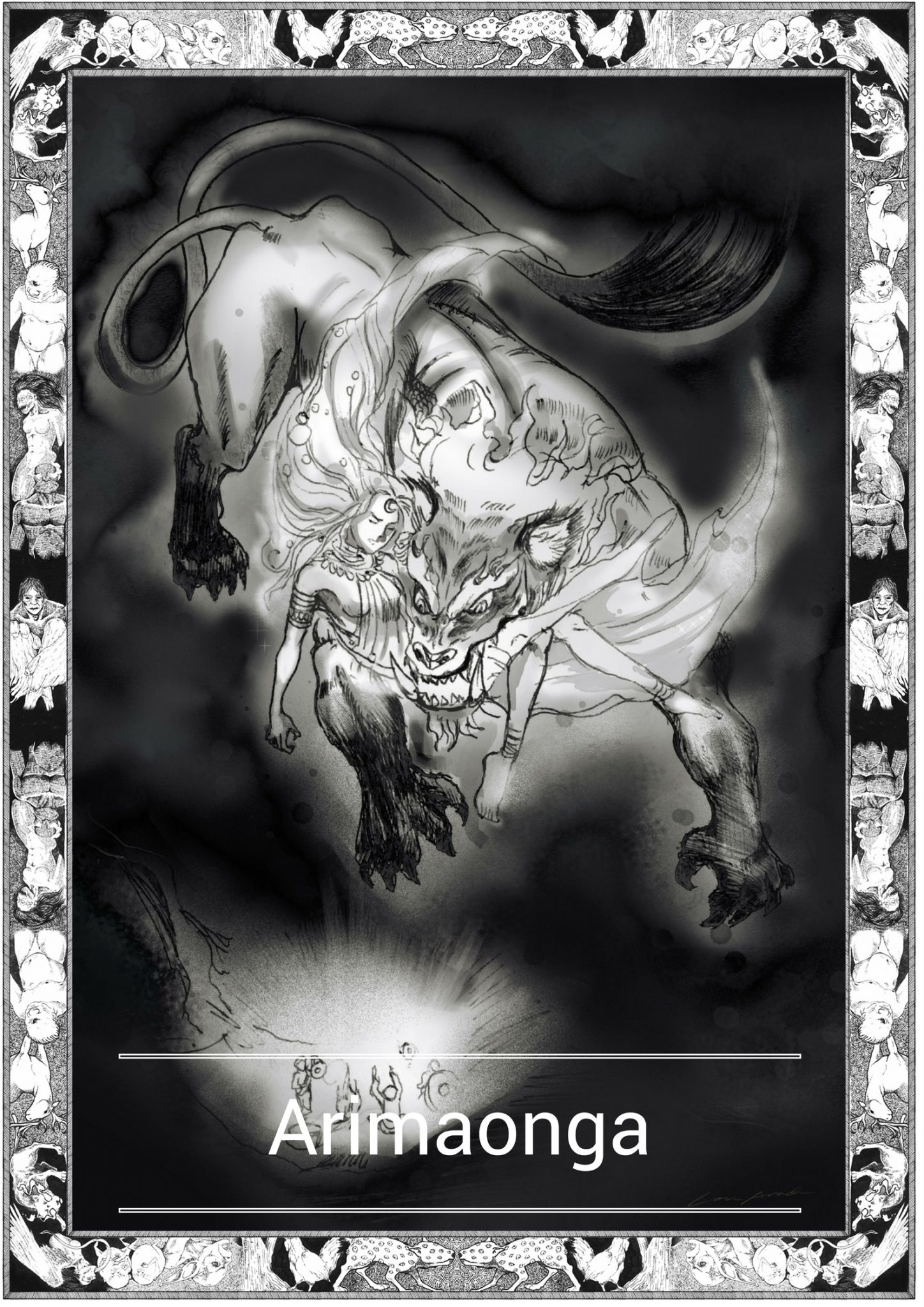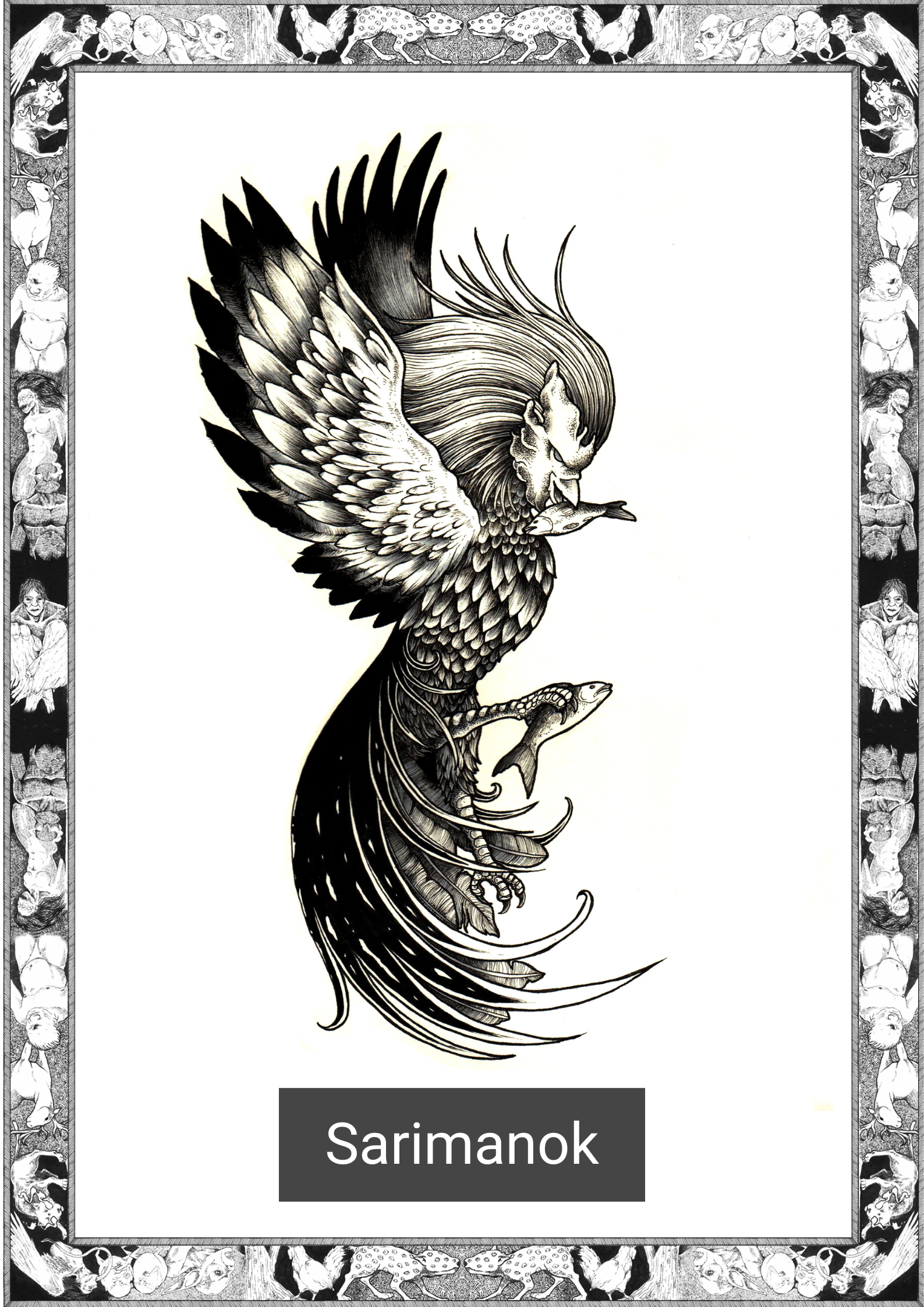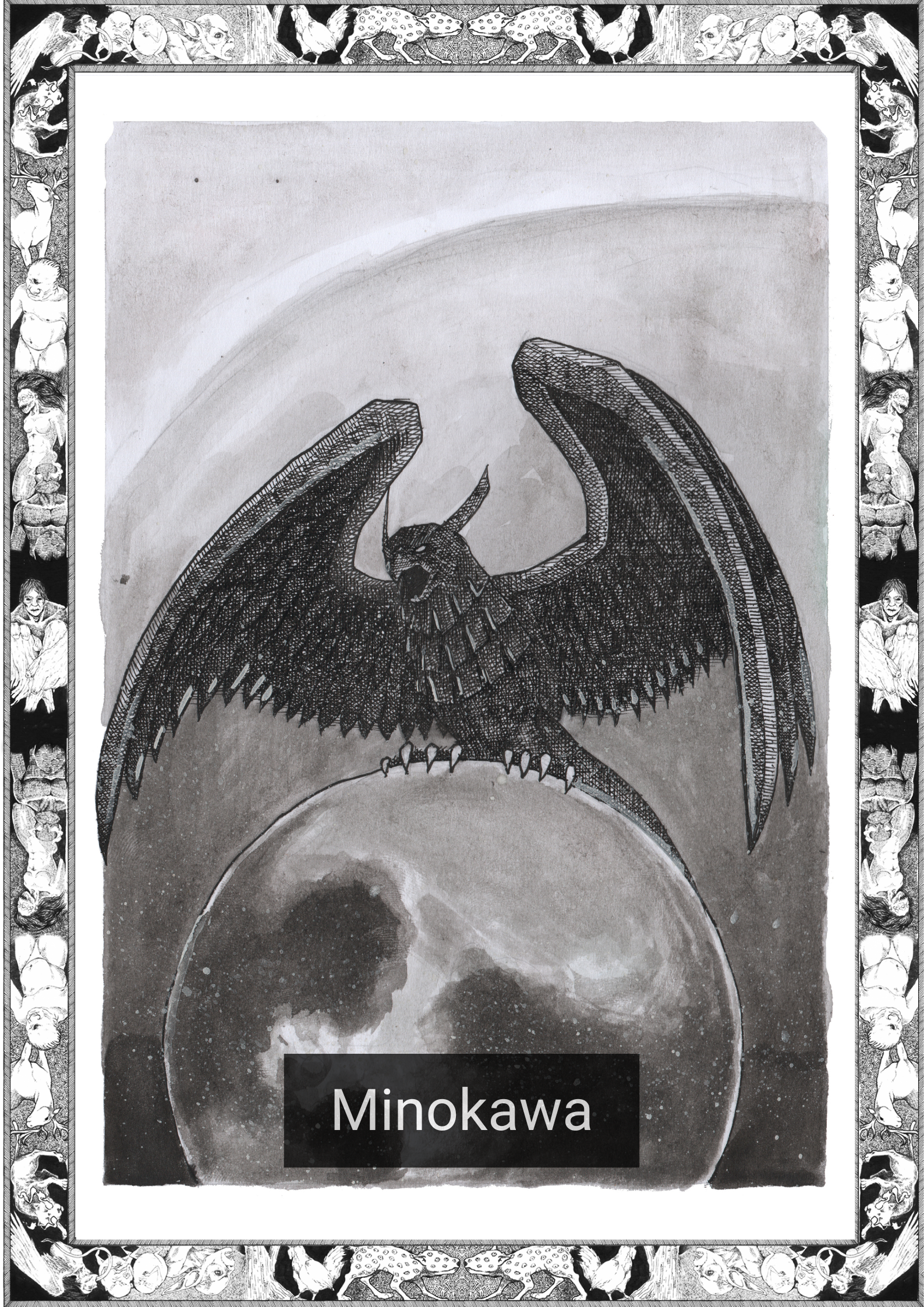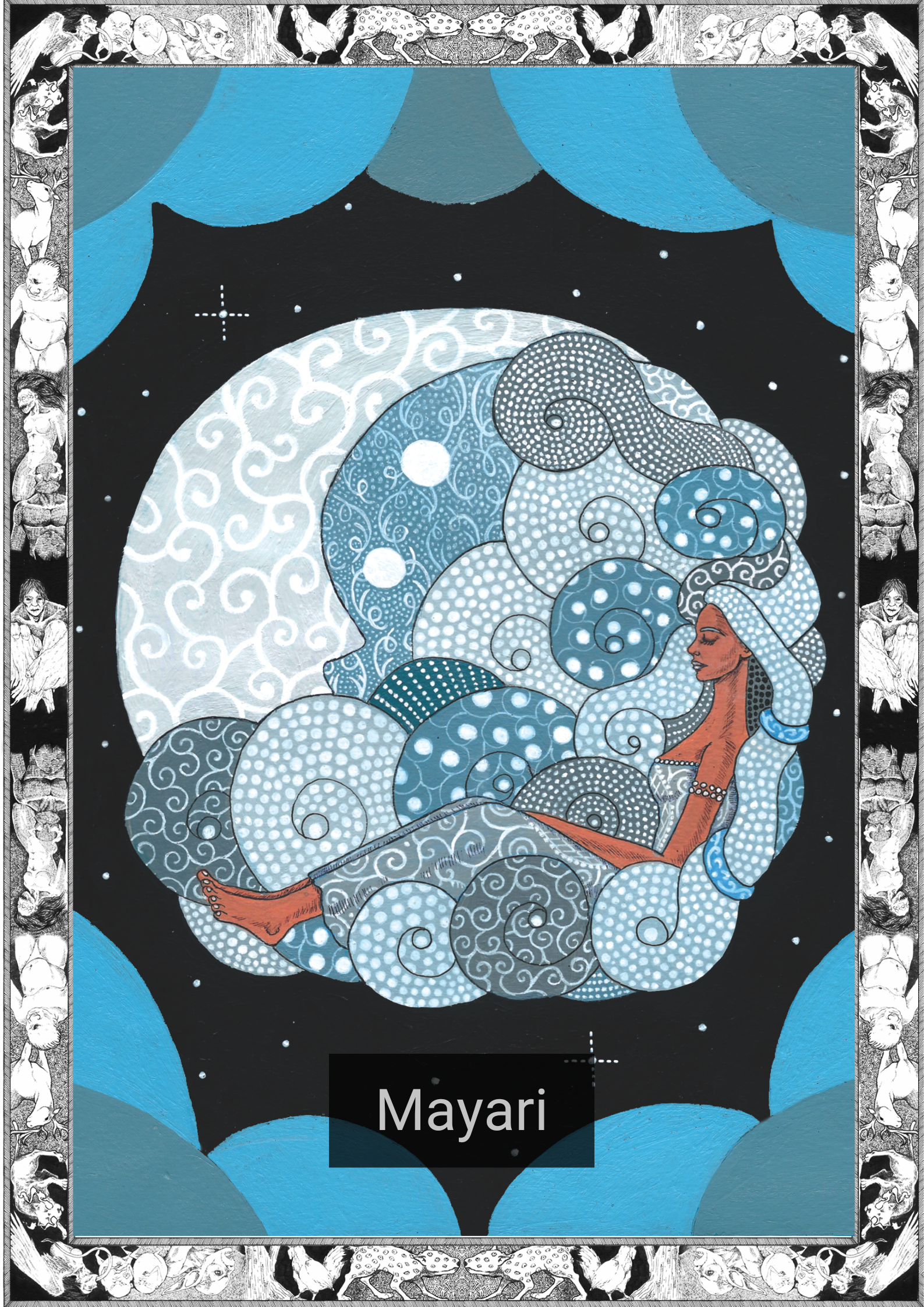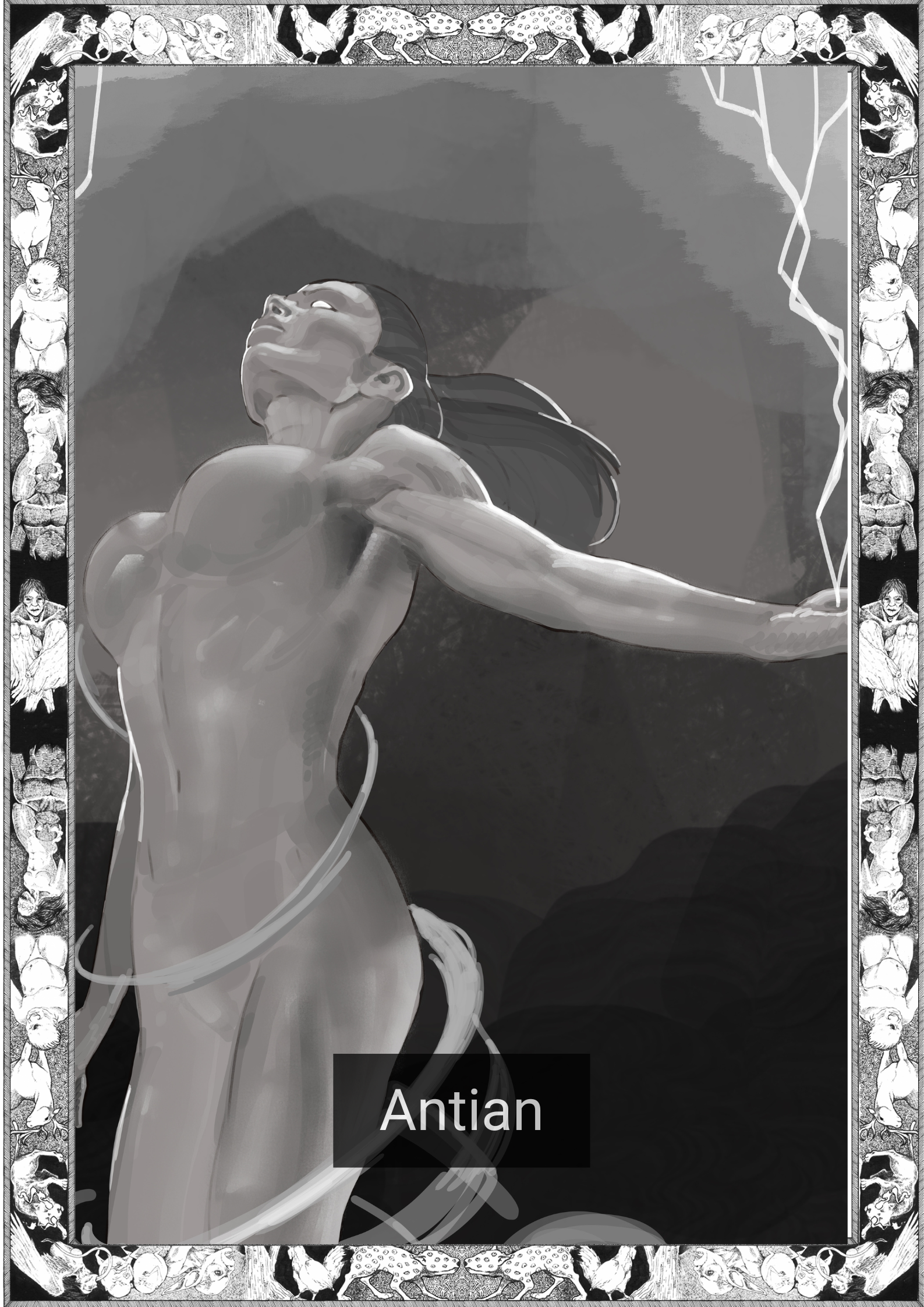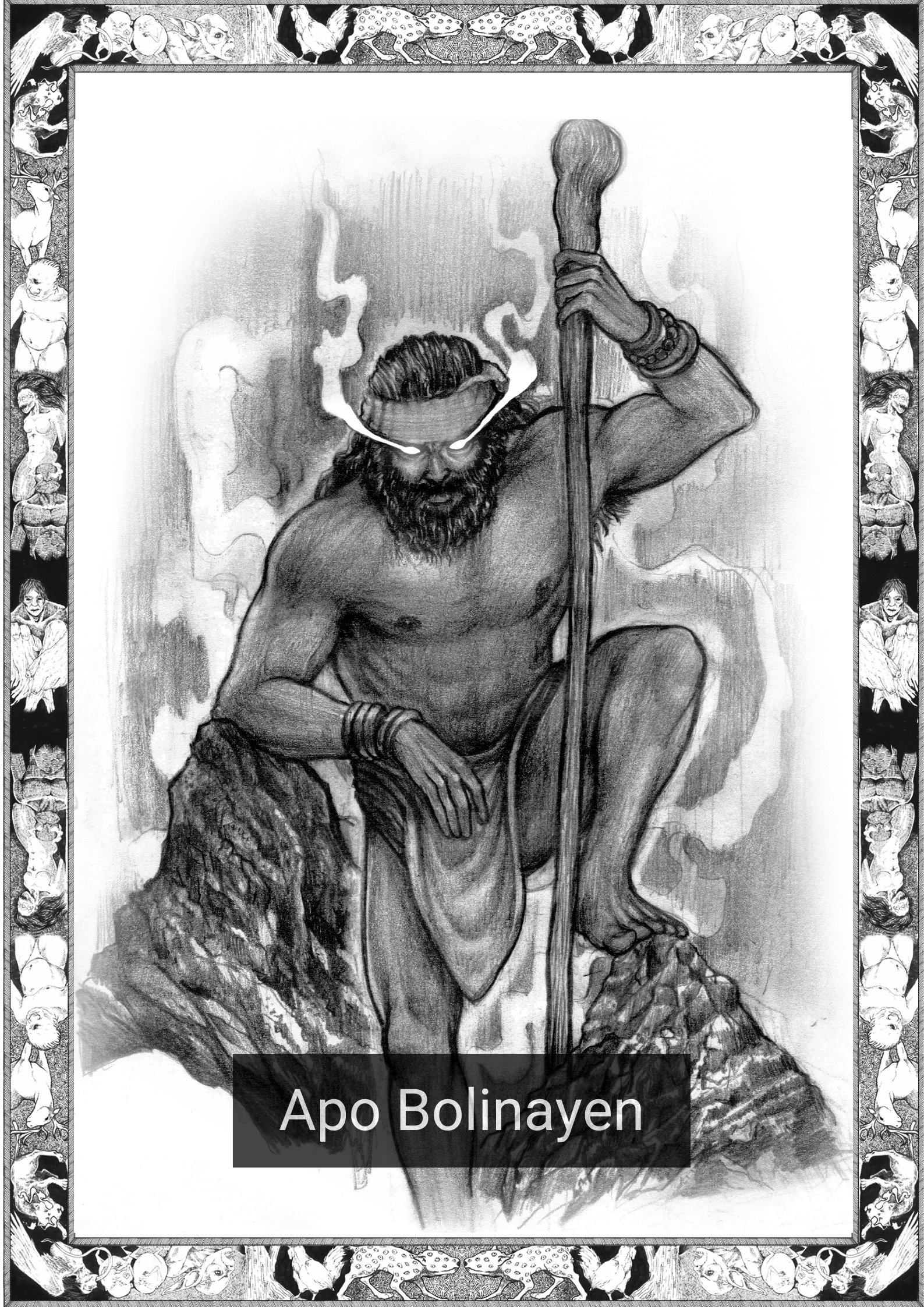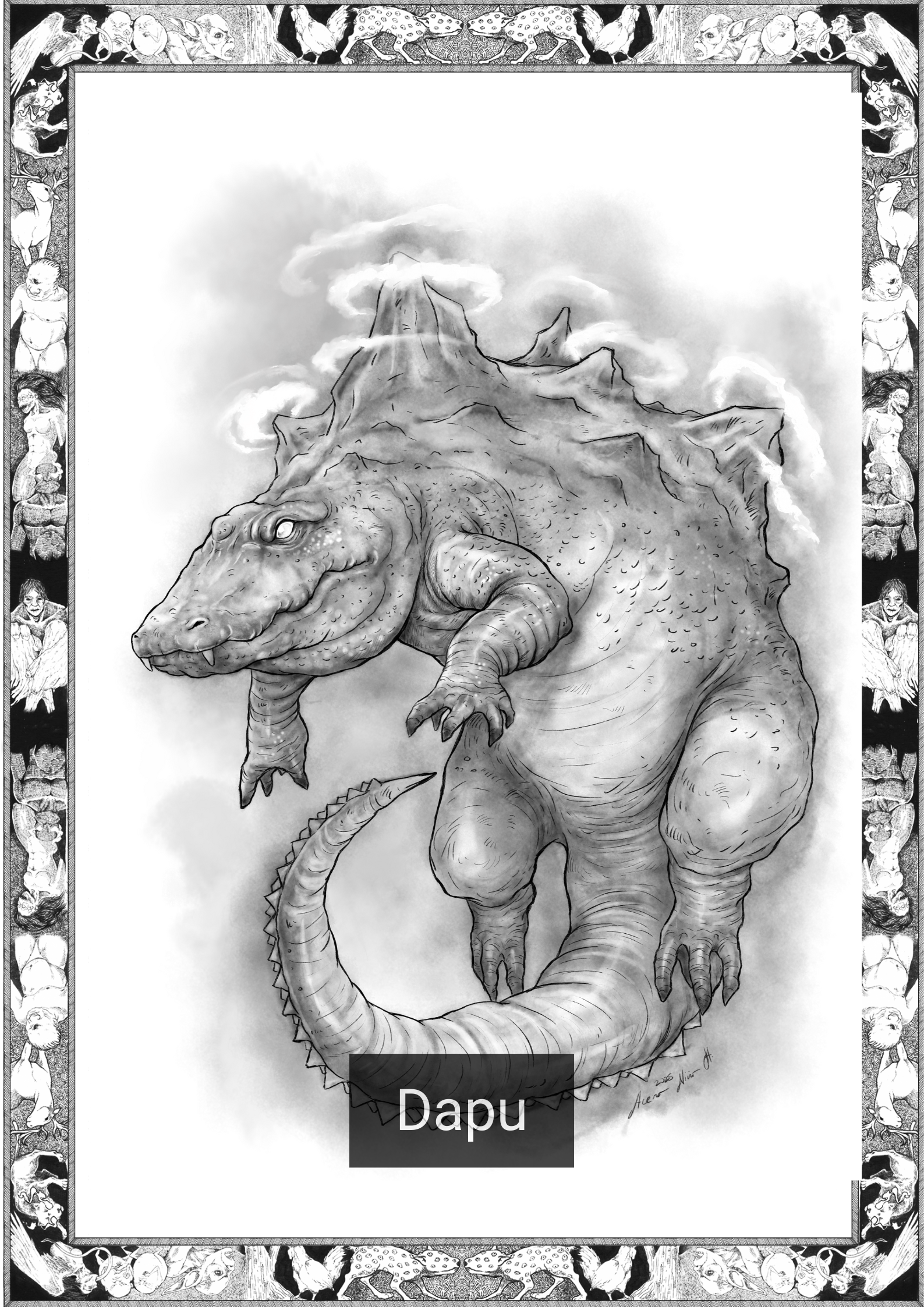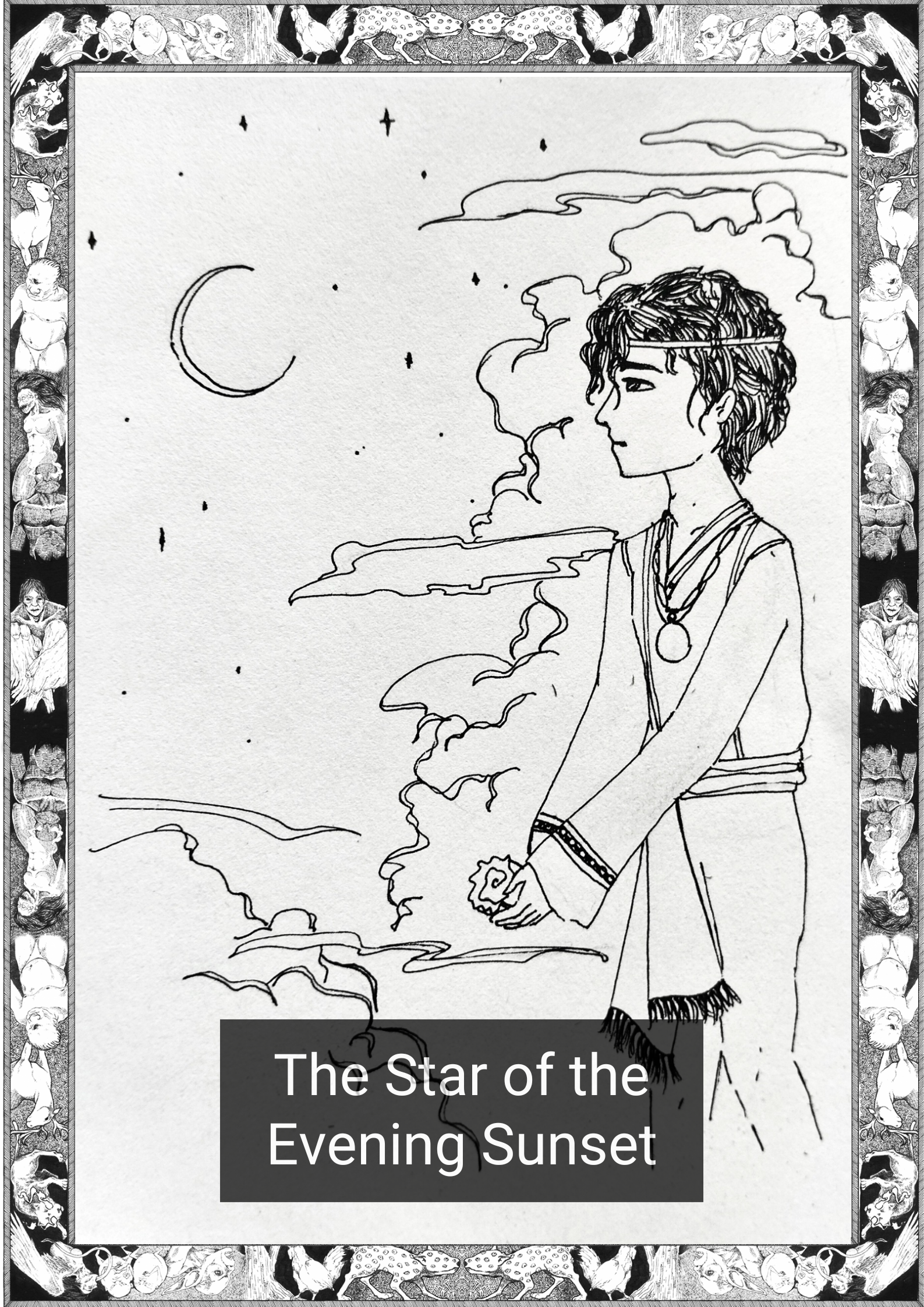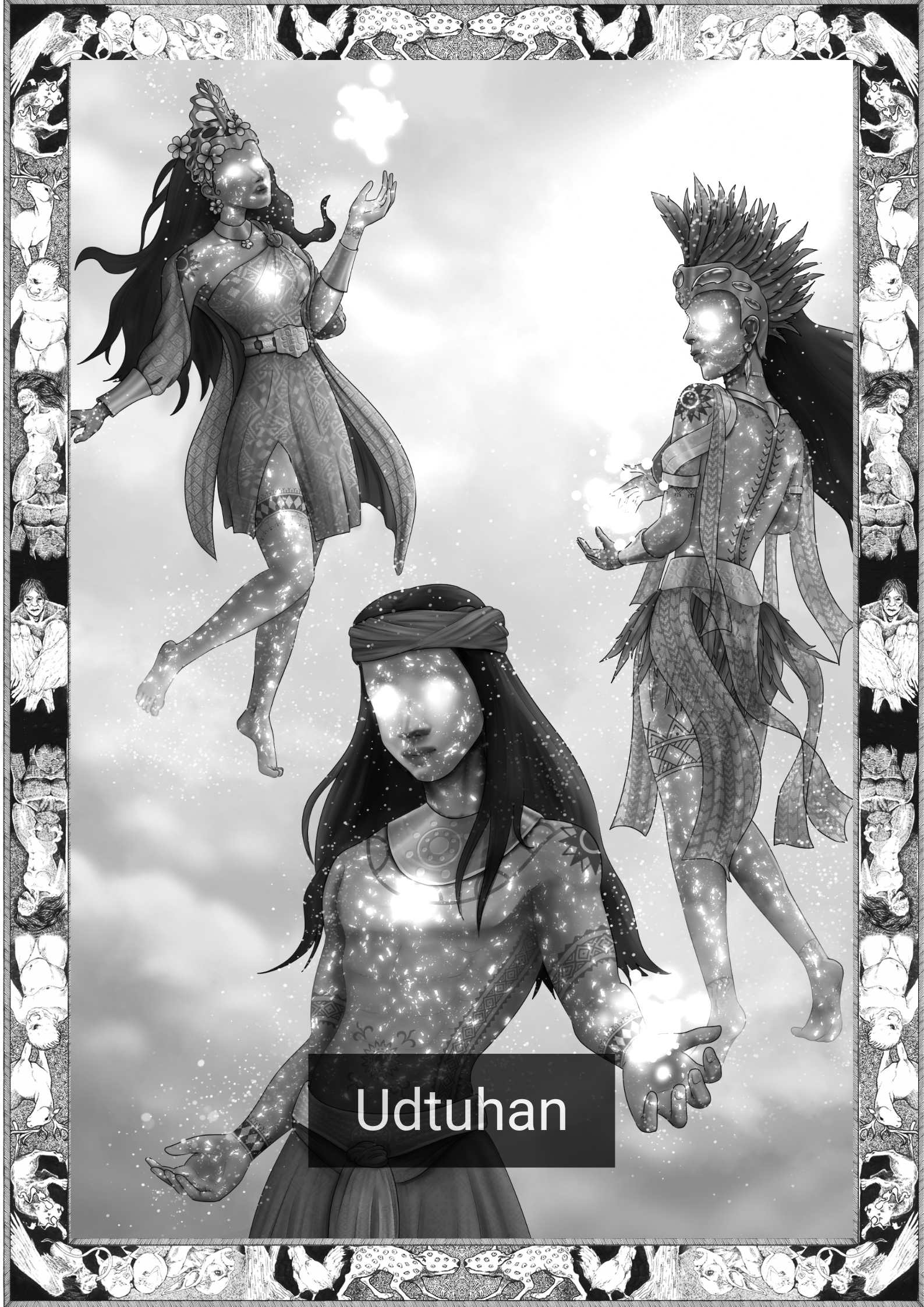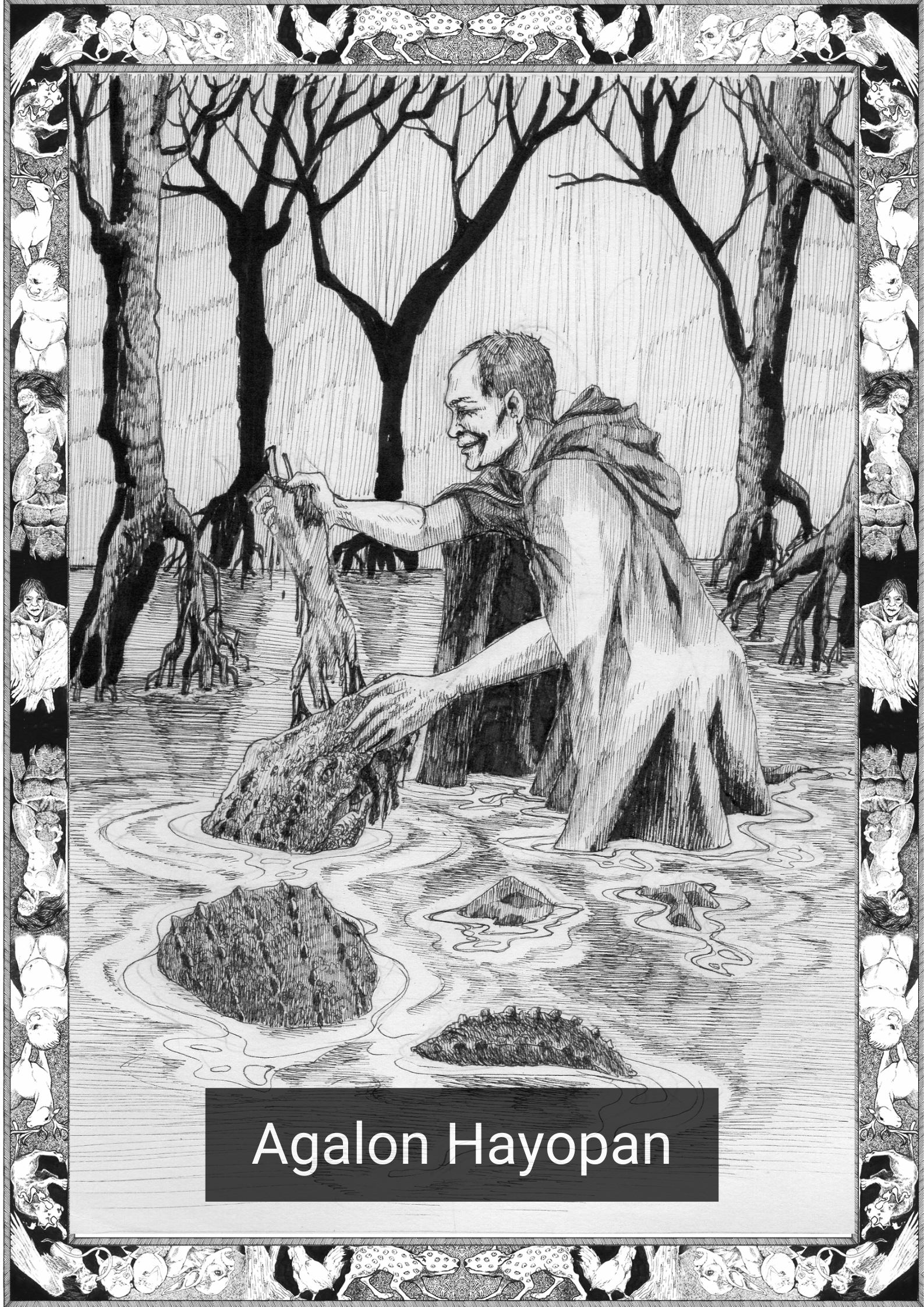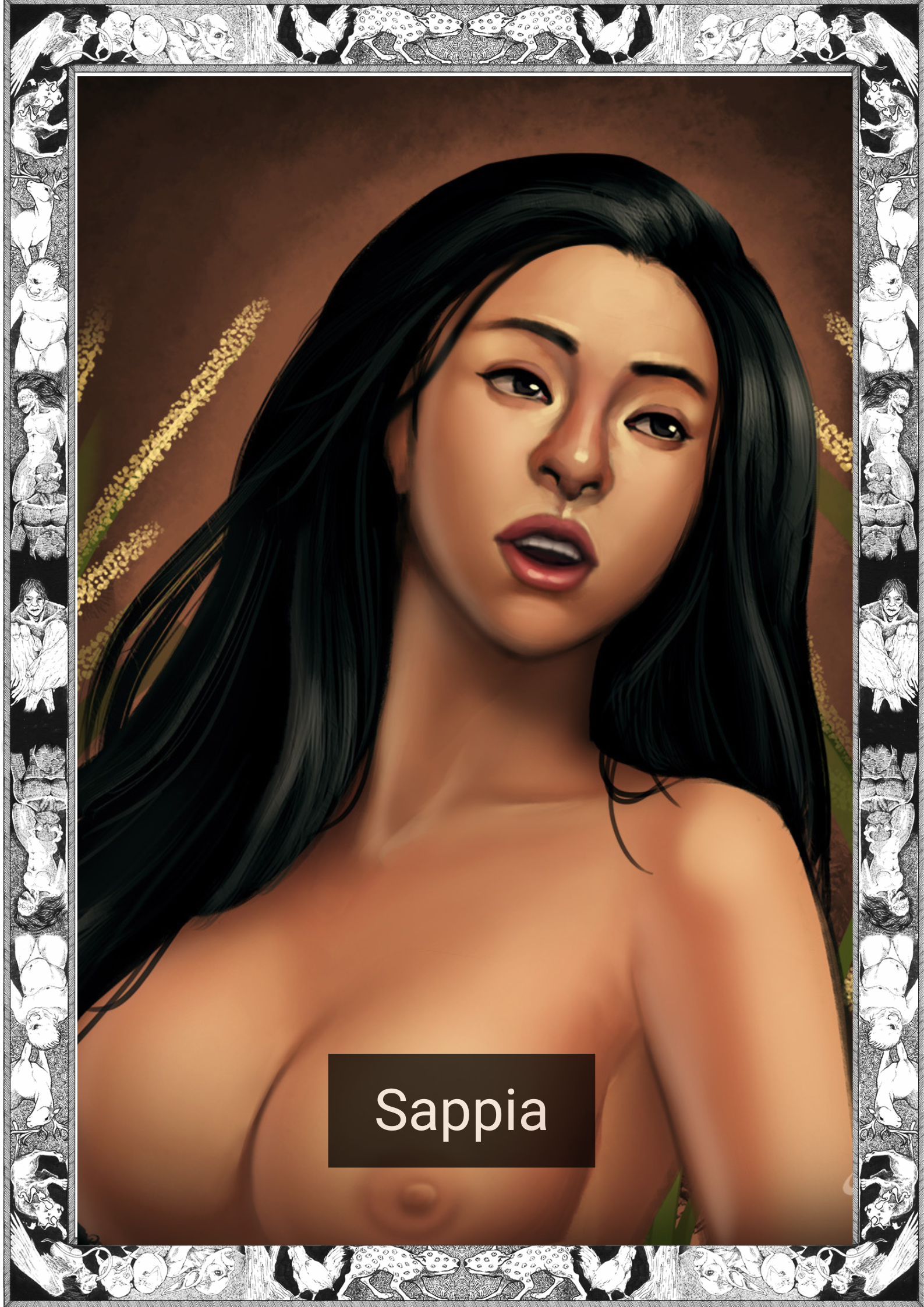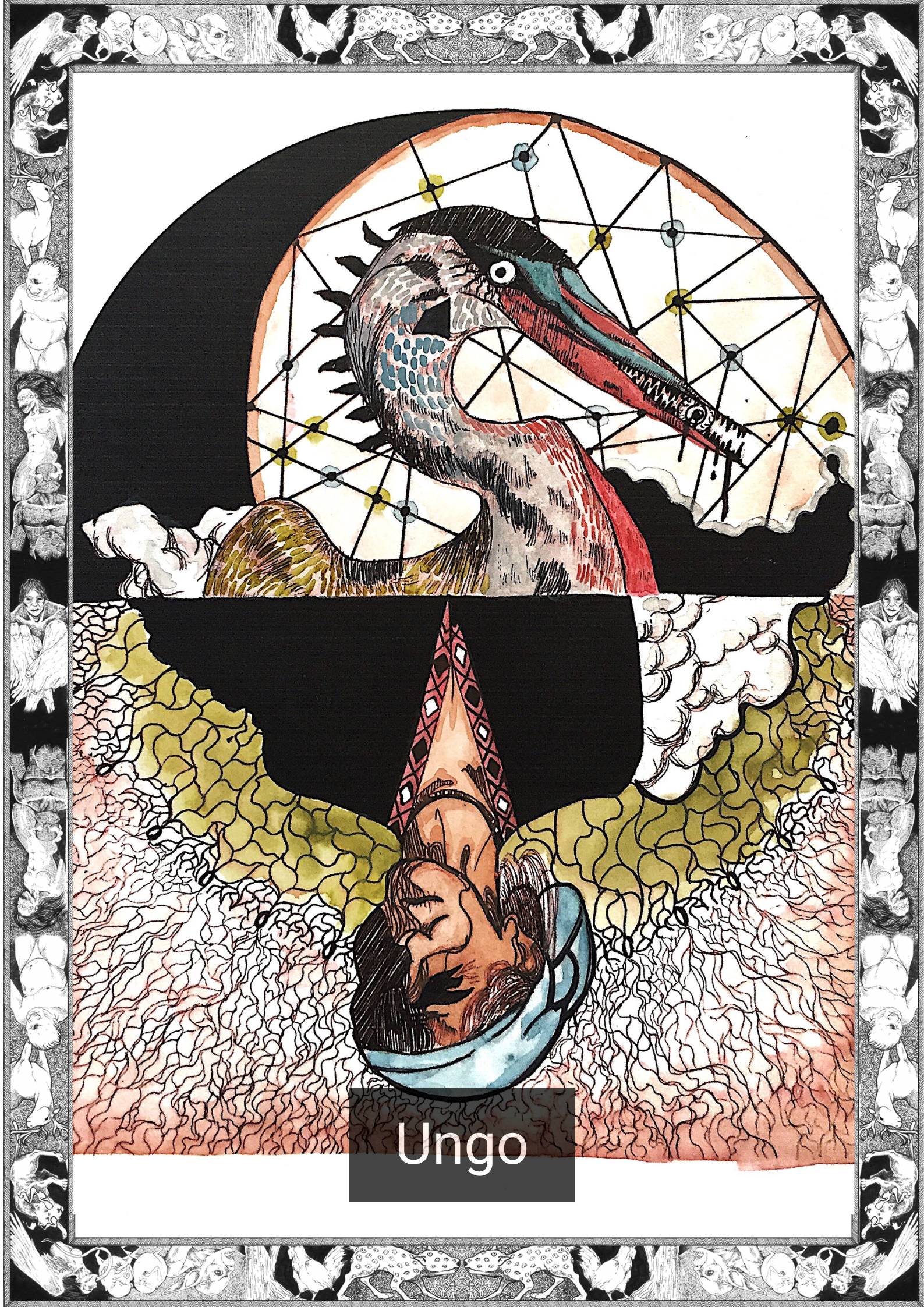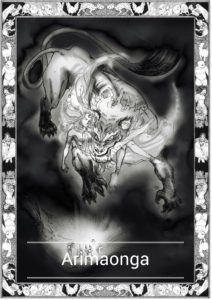
*Note this story is in Aklanon
Naila gid ako magtinueok sa buean. May ana gid nga misteryo kon ano gid man imaw. Ana baea nga kahayag nga iwag hay para eamang sa mga dapat makakita? Imaw baea hay paadto iya sa kalibutan? Imaw baea hay owa’t katapusan?
Owa gid ako it tyansa nga makahampang sa ibang mga inonga, ginamasakit gid permi o kon amat hay may rason gid nga sa sueod eang ako. Indi ko man madayaw ro kanami it pagbutlak iit adlaw, pero kon sa gabii, sa mga bituon ag sa maeamig nga tiempo, ro buean man lang ro akon amiga. (she)
May istorya ro mga magueang nga kon ro buean kuno hay maduea sa kaeangitan, katapusan eon kuno it kalibutan. Natagbueo ngani ako sa mga istroya ngara kato, nga haman ro buean hay magpundo sa anang owat pundong paghueag? Imaw hay isaeang panamgo nga naging kamatuoran, nga perpektong manugdaea it kahayag.
Ruyon kato, asta sa kahit-an ko ro liyon.
Ginatawag ra nga Arimaonga it mga magueang. Owa ako kasayud kon ano ro akong mangin reaksiyon sa kahadlok nga iya gid sa akong eawas. Mas mabahoe gid ra sa ginapinu-ino ko nga alinman nga sapat. Ag ginabuoe nana ro akon nga nailing buean.
Nagpundo rayon do oras, ginatueok ko nga owa gid it tsansang makabulig sa akong amigang ginakaon it kaeagkong sapat. Pero sa sapat ngara, ro liyon ngara hay nakahampang-hampang eang, owa kasayud nga raya hay maeain ag katapusan eon namon tanan. Sobra god ro kahadlok it buean ngara kaysa sa akon. Batyag ko ro anang kahimtangan nga kaeoeooy samtang sa baba it liyon. Nag-umpisa rayun ako it tangis.
“Buhian it liyon ro buean o kon mangin katapusan eon it kalibutan!”
“Liyon, buhii ro buean o mangin katapusan eon it kalibutan!”
Owa ako kasayud haman nag umpisa ako it hambae ko mga haeambaeon ngato pero nabatyagan kong sakto man, nga kinahang ean gid nga hamabeon.
“Buhian it liyon ro buean o kon mangin katapusan eon it kalibutan!”
Ro iba nga mga kasimanwa ko hay nagsunod man kakon it singgit. Ro mga magueang hay nagpaguwa eon it mga tamboe ag gangsa agud makaabot sa eangit ro sangag.
“Buhian it liyon ro buean o kon mangin katapusan eon it kalibutan!”
Among tutunlan hay sagaesae eon, among ginhawa hay haeos maduea eon pero owa gid kami nagpundo. Indi ko imaw pag-aywanan sa liyon, ro mga tawo iya indi imaw pag-aywanan.
Sa katapusan, binuhian man ko liyon ro buean bangud madya owa gid it katapusan ro gakinatabo. Binuhian imaw ag nagbalik eon sa kaeangitan. Ag ako, isaeang ka but-anon nga onga hay nagpasaeamat sa ginuo bangud ro akon nga amiga hay maeayo eon sa kaeainan.
=———————————=
English Version
I have always liked staring at the moon. There’s just the mystery of what she is. Does she shine her light only on the worthy? Is she dressed by the stars? Is she eternal?
There was never a chance for me to play with the other children, there was always some sickness or another that kept me indoors. I could never appreciate the sun’s harsh rays, but in the night, among the starlight and the gentle breeze, my only friend was the moon.
The elders tell stories that if the moon were to cease being in the sky, the world would end. I laughed at those stories once upon a time, for how could the moon ever stop her perpetual cycle? She was the dream made into reality, the perfect harbinger of light.
That is, until I saw the lion.
It was called the Arimaonga by the elders. I didn’t know how to react as terror filled my entire body. It was larger than I thought any animal could ever be. And it was clutching my beloved moon.
Time froze then, I stared helplessly as my only friend was being devoured by the beast. In some perverse way, the lion was playing a game, not knowing that it may just be the doom of us all.
She was more scared than I was. I could feel her hopelessness as she was clutched between the jaws of the lion. I started crying then.
“Lion release the moon or the world will come to an end!”
I don’t know why I started saying those words but it felt natural, like they needed to be said.
“Lion release the moon or the world will come to an end!”
The other villagers stared joining me in the chant. The elders brought out their drums and gongs to make the noises reach the heavens.
“LION RELEASE THE MOON OR THE WORLD WILL COME TO AN END!”
Our throats were hoarse, our breath almost gone but we did not stop. I will not abandon her to the lion, this village will not abandon her.
The lion finally released the moon after what seemed like an eternity. She clutched her sides and resumed her track along the heavens.
And I, a humble child thanked the gods that my only friend was safe.
————————–
*Aklanon (Akeanon), also known as Bisaya/Binisaya nga Aklanon/Inaklanon or simply Aklan, is an Austronesian language of the Bisayan subgroup spoken by the Aklanon people in the province of Aklan on the island of Panay in the Philippines. Its unique feature among other Bisayan languages is the close-mid back unrounded vowel [ɤ] occurring as part of diphthongs and traditionally written with the letter ⟨Ee⟩ such as in the autonyms Akean and Akeanon. However, this phoneme is also present in other but geographically scattered and distant Philippine languages, namely Itbayat, Isneg, Manobo, Samal and Sagada.
Written by Karl Gaverza
Aklanon Translation by Lari Sabangan
Copyright © Karl Gaverza
Translation Copyright © Lari Sabangan
Inspired by the Arimaonga description in Philippine Folk Literature: The Myths. Eugenio. 2001.
Arimaonga illustration by Lou Pineda
IG: https://www.instagram.com/
